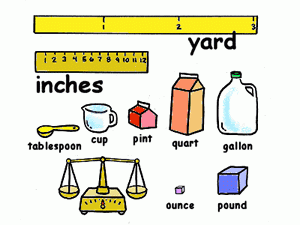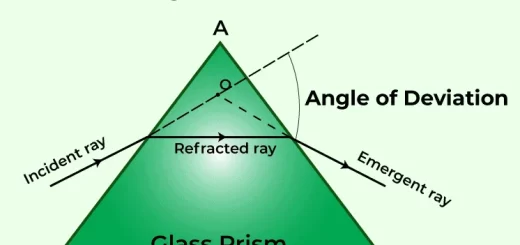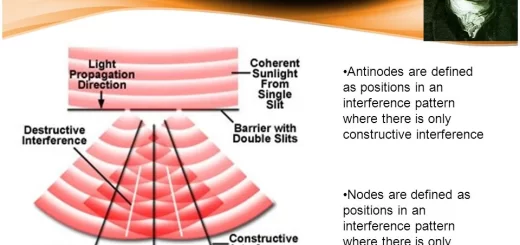Types of Measurement & Reasons of Measurement Error
Types of Measurement
Direct Measurement such as measuring liquid density using the hydrometer in which we take a direct reading without calculation or using any law , Measuring volume using the graduated cylinder .
There is one measuring tool that is used , There is one measurement process , No mathematical relation is applied and there is one measurement error .
Indirect Measurement such as Determining the liquid density via measuring mass by a balance and volume by a graduated cylinder , Then , dividing mass by volume , Measuring volume by multiplying length , width and height .
More than one measuring tool are used , More than one measurement process , There is a mathematical relation is applied to find the quantity and there is more than one measurement error ( cumulative error ) .
Error in Measurements
Man has been interested throughout history to improve measurement techniques and develop its instruments because of its obvious impact on the scientific and technological process , But , no measurement is accurate 100 % , There must be an error even if it is small .
Reasons of measurement error
There are several probable reasons for measurement error , from which :
Choosing improper tool : For example , using the beam balance instead of the sensitive balance in measuring the mass of a golden ring .
A defect in the measuring tool : Examples of defects may be the magnet inside is partially demagnetized because it is outdated , The pointer has a zero error when there is no electric current .
Wrong procedure due to unexperienced persons : Ignorance of using graduated devices like the multimeters , Looking at the device pointer or the scale at an oblique line instead of being perpendicular to the scale .
Environmental conditions such as : Temperature , Humidity , Air currents , Example : When using the sensitive balance , the air currents may produce an error , Because of this the sensitive balance is kept inside a glass box .
Estimating error in direct measurement
To find the error in direct measurement , There are two types of error which are Absolute error ( Δ X ) and Relative error ( r ) , Absolute error ( Δ X ) is the difference between the real ( actual ) value ( X0 ) and the measured value ( X ) .
Δ X = | X0 – X |
The sign | | indicates that the result is always positive even if the actual value is less than the measured value , It has a measuring unit which is the same measuring unit of the physical quantity , Relative error ( r ) is the ratio between the absolute error ( Δ X ) to the real value ( X0 ) .
r = Δ X / X0
The relative error is a better indication for the measurement accuracy than the absolute error , The measurement accuracy is considered higher as the relative error decreases , It has no measuring unit because it is the ratio between two quantities having the same measuring units .
Although the absolute error in measuring the classroom length is greater than that in measuring the pencil length , the relative error in measuring the classroom length is less than in measuring the pencil length .
This meant that the relative error is a better indication for measurement than the absolute error , As the relative error decreases , the measurement accuracy increases .
Estimating error in case of indirect measurement
The procedure of calculating error in case of indirect measurement depends on the mathematical operation applied :
Example : Measuring the volume of two amounts of a liquid , V = V1 + V2 , Finding the volume of a coin by subtracting the volume of water before dropping the coin into the measuring cylinder from that after dropping it , Vcoin = V2 – V1 .
The absolute error = The absolute error in first measurement + The absolute error in second measurement
Δ X = Δ X1 + Δ X2 = | X01 – X1 | + | X02 – X2 |
The relative error ( r ) : r =Δ X / X0
Example : Finding the area of a rectangle by measuring its length and its width then multiplying them , Finding the density of a liquid by measuring its mass and its volume then dividing them .
The relative error = The relative error in first measurement + The relative error in second measurement
r = r1+ r2 = Δ X1 / X01 + Δ X2 / X02
The absolute error ( Δ X ) : Δ X = r + X0




